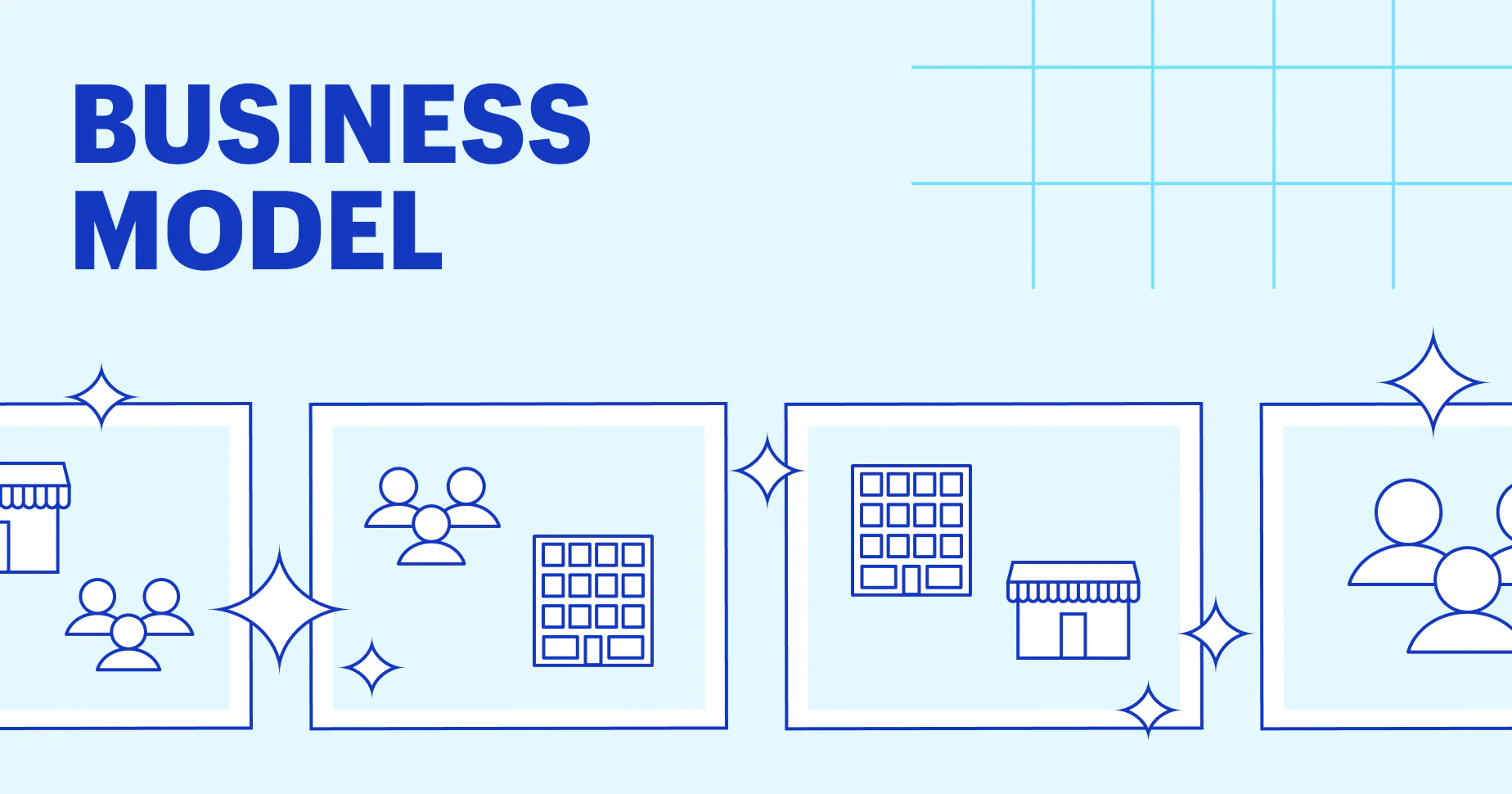
Repeatedly providing customers with valuable products or services leads to loyalty, ensuring companies relying on recurring revenues remain profitable.
Recurring revenue models balance incentives between customers and businesses, offering both affordability and convenience for customers while offering predictability for businesses. This trend has given rise to subscription-based business models.
1. Easy to Measure
Subscriptions offer merchants a powerful tool to foster strong customer relationships, increase retention rates, and generate recurring revenue streams. But developing and implementing an effective subscription pricing strategy requires time and dedication – often business owners make errors which result in under-monetization or poor customer retention rates.
One of the biggest blunders businesses make when pricing products is pricing them according to cost instead of customer value. By using data and research to identify ideal customers and align those metrics with their willingness to pay, subscribership offerings can be maximized effectively.
Subscription economies have seen rapid growth – particularly since COVID-19. Physical goods subscription services have been particularly popular and this trend is anticipated to continue as consumers shift toward access over ownership. Shoppers want streamlined shopping experiences at reduced costs; subscription models create the ideal solution.
2. Easy to Retain
There’s a subscription service for virtually everything today, from food boxes to fitness trackers. Subscription models could provide businesses looking to expand with an effective strategy to do just that.
Subscription models shift revenue flow away from an unidirectional path that begins with marketing, proceeds through sales and ends in finance to a more cyclical revenue flywheel of customer retention. It is critical that businesses understand each function’s role in this new flow and focus on keeping customers.
Recurring revenue also reduces the need for companies to invest heavily in customer acquisition, since those enrolled in subscription services tend to stay for as long as they feel they receive value from it.
As such, businesses must prioritize offering convenient and personalized services, as this will increase customer retention even further.
3. Easy to Scale
Subscription business models such as Netflix or Spotify video streaming services and subscription boxes like KnitCrate for crafters generate steady revenues that provide repeat business from loyal customers – creating a long-term customer lifetime value for you and them!
Offering subscription services can be manageable once you’ve put in place processes tailored specifically to your products and customers, however it’s essential that you carefully assess all costs associated with making the switch before taking the leap.
Your subscription business model should be easy for shoppers to understand. That includes setting a billing cadence that makes sense for your products, such as weekly, monthly or yearly. Furthermore, it’s wise to evaluate whether refill subscriptions would add any benefit; such items such as pantry or household supplies could easily fit into this model and simplify purchasing them when they run out.
4. Easy to Forecast
Subscription services have become an indispensable feature of modern commerce, and that trend shows no sign of abating. Businesses in fashion, fitness equipment and luxury items such as cars and collectibles have seen substantial revenue gains thanks to subscription models like Peloton which provides curated subscription boxes of home exercise bikes that can be returned when no longer needed.
Subscription-first business models provide many advantages over one-time sales models, including making managing recurring revenue easier to manage versus one-off sales which require investment in customer acquisition and retention. Once you understand customer usage patterns, purchasing patterns, product preferences, etc. you can create tailored subscription tiers that keep them engaged while the recurring nature of subscriptions makes forecasting cash flow simpler as well as making better long term decisions to prevent being caught off guard by unexpectedly rapid growth which requires rapid scaling strategies.



